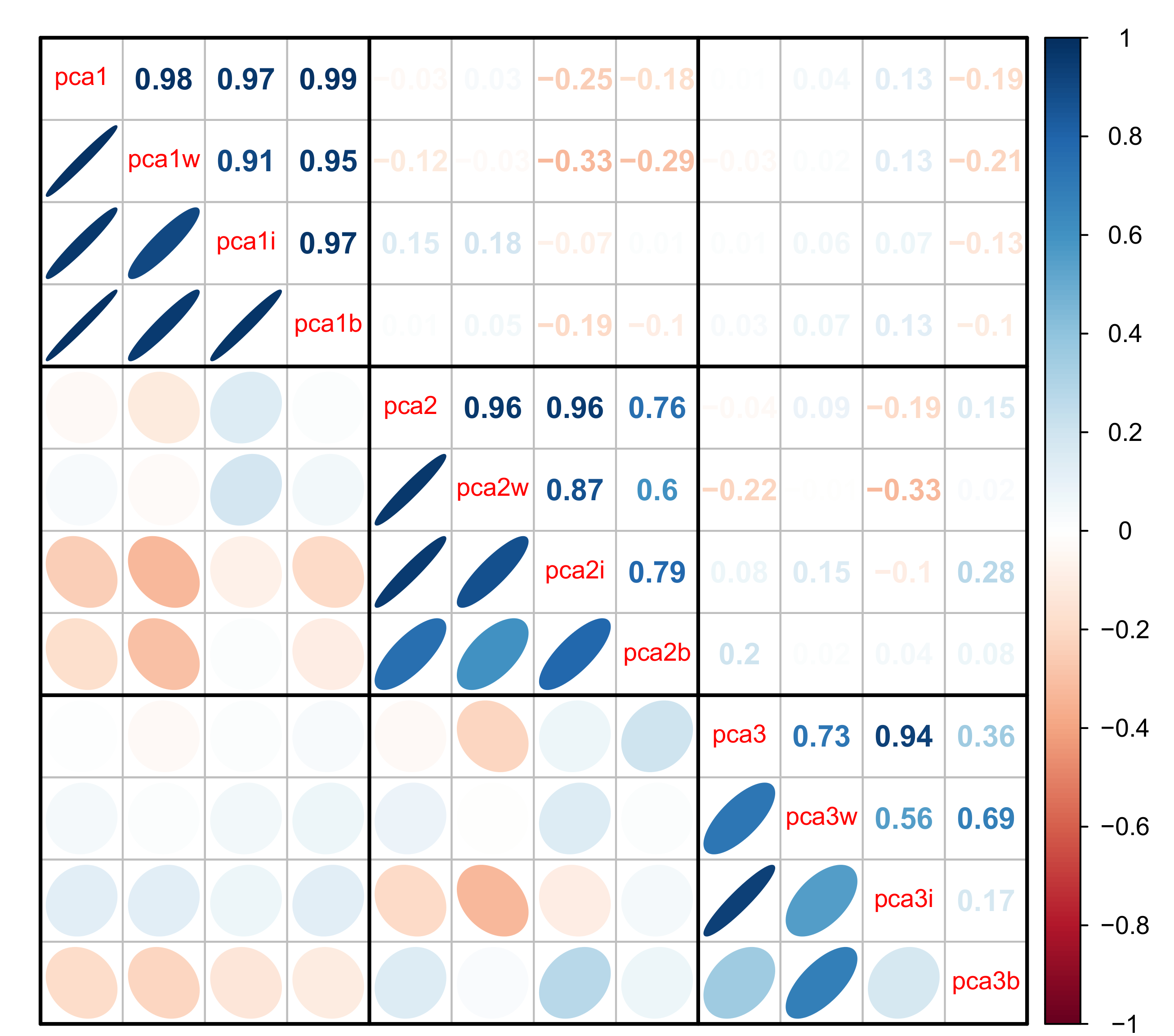 During my Ph.D, I studied the potential role of antioxidant levels in determining life history patterns of wild birds across ~100 species. The principal finding was that the question itself makes little sense: there is no such thing as “antioxidant levels” that can be defined and measured consistently across species, and a much more detailed and nuanced understanding of the physiology is needed to understand the links between antioxidants and life histories. Levels of specific antioxidants were often correlated with specific measures of life histories, individual quality, etc. such that it would be easy to find and over-interpret such relationships in a smaller data set. This implies that antioxidant levels are not unimportant or unrelated to important aspects of life history strategies and individual fitness, but that the physiology varies too much across species and conditions for specific predictions to be useful in most cases.
During my Ph.D, I studied the potential role of antioxidant levels in determining life history patterns of wild birds across ~100 species. The principal finding was that the question itself makes little sense: there is no such thing as “antioxidant levels” that can be defined and measured consistently across species, and a much more detailed and nuanced understanding of the physiology is needed to understand the links between antioxidants and life histories. Levels of specific antioxidants were often correlated with specific measures of life histories, individual quality, etc. such that it would be easy to find and over-interpret such relationships in a smaller data set. This implies that antioxidant levels are not unimportant or unrelated to important aspects of life history strategies and individual fitness, but that the physiology varies too much across species and conditions for specific predictions to be useful in most cases.
At the time, this was a depressing finding because it suggested we had reached a limit in our ability to link physiology to aspects of organismal performance. In retrospect, it was the start of a new model of how we should measure and consider organismal physiology. Physiological ecologists had been making two assumptions that were clearly false: (1) that individual biomarkers could be considered one at a time, as if they were not correlated, and (2) that their relationships with other traits would be linear (see XKCD webcomic on linear extrapolation). In fact, it is well known that these molecules are important precisely because they are part of regulatory networks that maintain homeostasis. These networks involve not only top-down control, but also feedback loops, redundancy, and other features that make them a formally complex system. As a result, it rarely makes sense to consider levels of a single molecule outside this dynamic context. Luckily, the physiological regulatory networks are not random, but are shaped by evolution to aid organisms in maintaining homeostasis. This means that the states of these networks should be quantifiable and characterizable, and should correspond to important aspects of an organism’s environment or situation. Accordingly, we should not need to measure millions of molecules or characterize complete regulatory networks in order to make inferences on physiological state: while one molecule may rarely be sufficient, small numbers of biomarkers (10-15) may often be sufficient.
This model has implications far beyond physiological ecology. Many studies in fields as diverse as economics, sociology, epidemiology, and physiology use single biomarkers in inappropriate ways, and the model suggests simple ways to improve that. It also implies that much of the current systems biology literature may be making life harder than it need be: it is hard to map an entire system and even harder to understand what that map says about how the system behaves and what its role is for the organism. Small numbers of molecules treated with appropriate statistical methods could cut through the noise and complexity and allow us to understand what these regulatory networks do.
Principal Findings
- Antioxidant levels cannot be assessed simply: many types of antioxidants have specific roles, and their ability to perform them may not be proportional to their molar levels. Interpretations also vary across species and environments.
- To the extent that life history traits are associated with antioxidant levels, it is actually shorter-lived, faster pace-of-life species that have more antioxidants
- Antioxidant levels are associated with reproductive output in several bird species, but in ways that are highly species- and antioxidant-specific
- Inflamm-aging does not reflect a simple up-regulation of pro-inflammatory markers or contrasting up-regulation of pro-inflammatory markers and down-regulation of anti-inflammatory markers, but rather a simultaneous up-regulation of both pro- and anti-inflammatory markers
- Metabolic syndrome can be better measured using a principal components approach
- “Integrated albunemia” is a new EPP we discovered that links changes in anemia, protein transport, inflammation, and calcium. It is linked to aging, mortality, and clinical frailty
- See sections on PD and EPPs under Aging Biology
Selected publications
Cohen, A.A., Milot, E., Li, Q., Bergeron, P., Poirier, R., Dusseault-Bélanger, F., Fulop, T., Leroux, M., Legault, V., Metter, E.J., Fried, L.P., Ferrucci, L. (2015). Detection of a novel, integrative aging process suggests complex physiological integration. PLoS ONE, 10(3):e0116489. [pubmed] [pdf]
Cohen, A.A. (2015). Complex systems dynamics in aging: new evidence, continuing questions. Biogerontology, 17(1):205-20. doi: 10.1007/s10522-015-9584-x. [pubmed] [pdf]
Cohen, A.A., Martin, L.B., Wingfield, J.C., McWilliams, S.R. (2012). Physiological Regulatory Networks: Ecological Roles and Evolutionary Constraints. Trends in Ecology and Evolution, 27 (8): 428-435. [pubmed]
Cohen, A.A. and McGraw, K.J. (2009). No Simple Measures for Antioxidant Status in Birds: Complexity in Inter- and Intraspecific Correlations Among Circulating Antioxidant Types. Functional Ecology, 23(2): 310-320. [link to article]
Cohen, A.A., McGraw, K.J., Wiersma, P., Williams, J.B., Robinson, W.D., Robinson, T.R., Brawn, J.D., Ricklefs, R.E. (2008). Interspecific Associations Between Circulating Antioxidant Levels and Life History Variation in Birds. The American Naturalist, 172(2): 178-193. [pubmed] [pdf] [link to article]